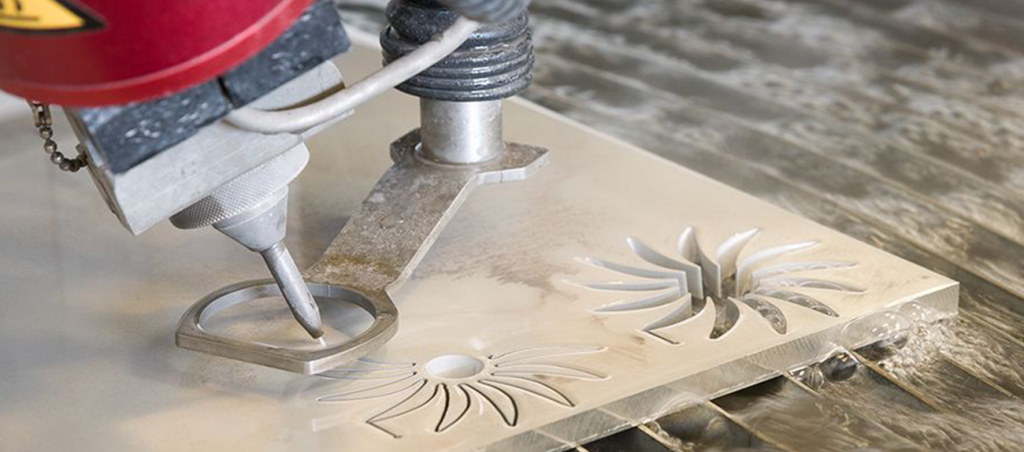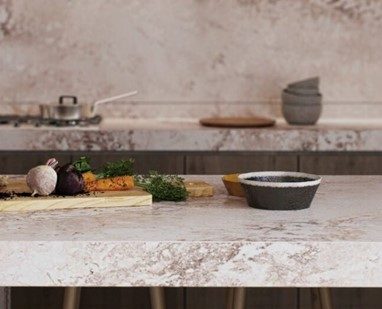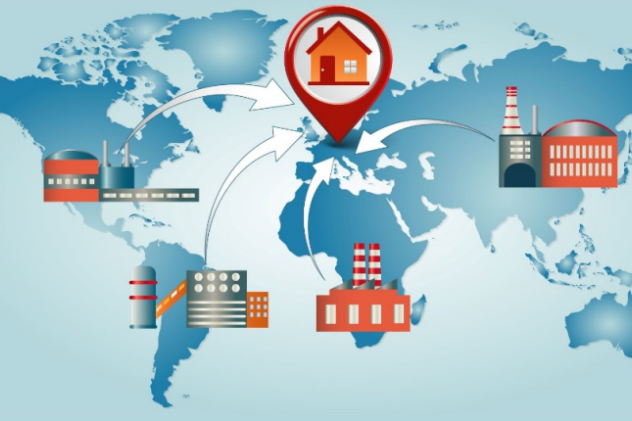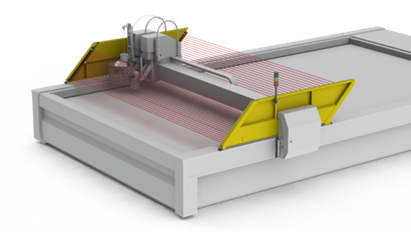
Achieving Synergy: Fiber Lasers and Waterjet Machines in Material Cutting
In the cutting of materials for industrial production, combining the strengths of different technologies has emerged as a strategy for optimizing efficiency, precision, and cost-effectiveness. Pairing a smaller fibre laser with a waterjet machine presents a powerful solution that uses the advantages of each technology to its optimum.
Precision and Speed Harmony:
Fibre lasers are known for their accuracy and speed in cutting thin metal plate material and can achieve a good finish in this application. A powerful fibre laser is also very expensive to buy and to run. By incorporating a smaller and more affordable fibre laser into the machine line up, the overall cutting time for thinner materials is significantly reduced, maintaining a balance between speed and precision.
Waterjet’s Precision in Thicker Materials:
As material thickness increases, the case for waterjet cutting system becomes a stronger and can complete the machine line up. Waterjet cutting is not only precise but often surpasses fibre lasers in detailing, as the cut will not require grinding to finish it and it can retain its tolerances, especially in thicker materials. The cut has no heat affected zone that needs to be removed before welding or machining.
Total Cost Efficiency:
The total cost of the cutting process extends beyond the actual cut time. Fiber lasers offer speed, but the subsequent cleanup and handling introduce additional costs, and this increases with material thickness. Waterjet machines, on the other hand, provide a finished product in one step, eliminating the need for post-cut cleanup. This reduction postprocessing not only saves time but also minimizes costs of handling.
Direct Integration of Waterjet Cutting into a Production Line
In order to effectively increase the efficiency of the entire product creation process, a direct parallel integration of both cutting technologies is recommended. Positioning of laser and waterjet cutting systems in parallel in the production line before the bending, welding and assembly machines, creates a seamless, continuous production flow. The precisely cut parts can be fed directly to the subsequent processing steps, which reduces throughput times and thus optimises overall efficiency.
Versatility in Materials:
The combined approach of a fibre laser and waterjet machine offers unparalleled versatility across a spectrum of materials. While the fibre laser efficiently tackles thin materials, the waterjet machine seamlessly takes over for thicker materials, also able to cut not only metals but will also cut plastics, composites, wood, stone, and glass in the material mix.
Harmony in Precision, Efficiency, and Quality:
In conclusion, the synergy between a fibre laser and a waterjet machine offers a competitive blend of precision, efficiency, and cost-effectiveness. By using the strengths of each technology, manufacturers can optimise results in cutting a diverse range of materials and thicknesses. This approach results in a balanced solution that fills the demands of modern material cutting, in speed, precision and efficiency for manufacturing.

In industrial production, a strategic fusion of cutting-edge technologies has become the hallmark of efficiency, precision, and cost-effectiveness. The partnership of a smaller fibre laser with a waterjet machine emerges as a potent solution, harnessing the unique advantages of each technology to their utmost potential. This combination can cut any material up to 200mm thick whether it is cutting steel, cutting stainless steel, cutting aluminium or cutting stone or carbon fibre efficiently and with precision.
Precision and Speed in balance:
Fiber lasers, renowned for their precision and speed in cutting metal plate materials, will achieving good finishes and be very fast up to a certain thickness of material that needs to be cut. However, the acquisition and operational costs associated with a powerful fibre laser can be prohibitive. The combining a smaller, more cost-effective fibre laser with a waterjet in the machinery lineup addresses this challenge. This strikes an optimal balance between the need for speed and the quest for precision. This will result in a combined cutting system for any industrial application whether for cutting steel, cutting non-ferro , cutting plastics or cutting composite material or even wood.
Waterjet’s Precision in Thicker Materials:
As material thickness grows, the argument for incorporating a waterjet cutting system grows, seamlessly completing the machinery lineup. Waterjet cutting transcends mere precision; it often outshines fibre lasers in production tolerances, especially in thicker materials. What distinguishes waterjet cutting is its ability to deliver a finished product without the need for post-cut grinding as there is no heat affected zone. Tolerances are maintained, and the absence of a heat-affected zone eliminates the need for additional steps before welding or machining.
Total Cost Efficiency:
Beyond the actual cut time, the total cost of the cutting process is most impotant. While fibre lasers excel in speed, the ensuing cleanup and handling introduce extra costs, particularly as material thickness increases. Enter waterjet machines, providing an industrial cutting solution by delivering a finished product in a single step. This reduction in post-processing not only saves valuable time but also reduces the costs associated with material handling.
Versatility in Materials:
The combined prowess of a fibre laser and a waterjet machine has wide application across a broad range of materials. While the fibre laser efficiently handles thin materials, the waterjet machine is more effective for cutting thicker materials. What sets it apart is its ability to cut not only metals but also plastics, composites, wood, stone, and glass. This versatility creates a material mix that can be cut efficiently and quickly and allows a machine builder to fully insource their supply chain.
Harmony in Precision, Efficiency, and Quality:
To sum up: a fibre laser with a waterjet machine offers a competitive combination of precision, efficiency, and cost-effectiveness. Leveraging the strengths of each technology, manufacturers can optimize cutting results across a diverse range of materials and thicknesses. This approach allows an optimum solution that meets the demands of modern material cutting, embodying speed, precision, and efficiency in the realm of manufacturing. The waterjet cutting system will complement the laser to cut all ferrous metals, to cut non ferro metals and any plastic, stone or glass cutting that needs to be done.



